Hanging Coffins of Sagada
Hundreds of wooden coffins dangle from cliffs and caves in the Philippines.
The people of Sagada follow a unique burial ritual. The elderly carve their own coffins out of hollowed logs. If they are too weak or ill, their families prepare their coffins instead. The dead are placed inside their coffins (sometimes breaking their bones in the process of fitting them in), and the coffins are brought to a cave for burial. This is just one of the many ancient rituals and traditions that the people of the Cordillera Administrative Region (collectively known as Igorots) of Northern Philippines have preserved.
This ancient custom starts with a burial gathering led by the deceased’s family and relatives. The burial includes days of mourning, butchering of livestock, and preparing the body for entombment. Thereafter, a family member caries the body to the cave or cliff where the coffin is waiting. It is believed that carrying the dead would transfer luck, blessings, and talents to the family. Instead of being placed into the ground, the coffins are hung either inside the caves or on the face of the cliffs, near the hanging coffins of their ancestors. The Sagada people have been practicing such burials for over 2,000 years, and some of the coffins are well over a century old. Eventually the coffins deteriorate and fall from their precarious positions. Specifically, the coffins are suspended in the rocky cliffs of Sagada’s Echo Valley.
The reason the coffins were hung was due to the belief that the higher the dead were placed, the greater chance of their spirits reaching a higher nature in the afterlife. Many of the locations of the coffins are difficult to reach (and obviously should be left alone out of respect), but can be appreciated from afar.
Such practice serves as a testament to the enduring culture of the Igorot people. This sacred burial rite is also a part of the people’s rich historical, spiritual, and cultural heritage.
Know Before You Go
Do not touch or walk under the coffins. Bring binoculars or a telephoto camera to view these remarkable coffins from a respectful distance. From Manila, by bus or private car, travel north to Mountain Province. For commuters: you can find buses in Cubao headed directly to Sagada. The alternative is to hop on a bus headed to either Banaue or Baguio and then transfer to respective public rides bound to Sagada. During summer, it will take you about 12-13 hours to reach Sagada. During the rainy season, not only is travel time longer, but the roads also become very dangerous, and sometimes closed due to landslides.




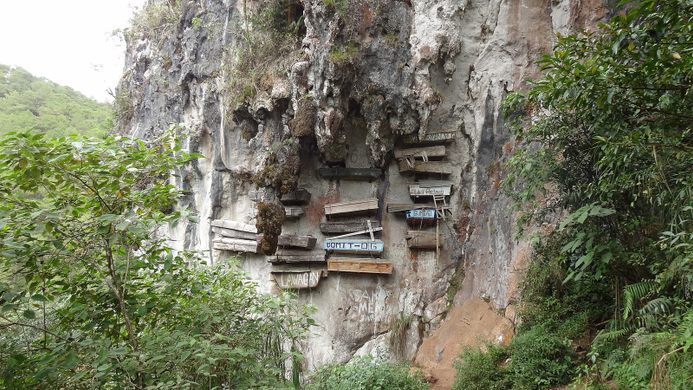
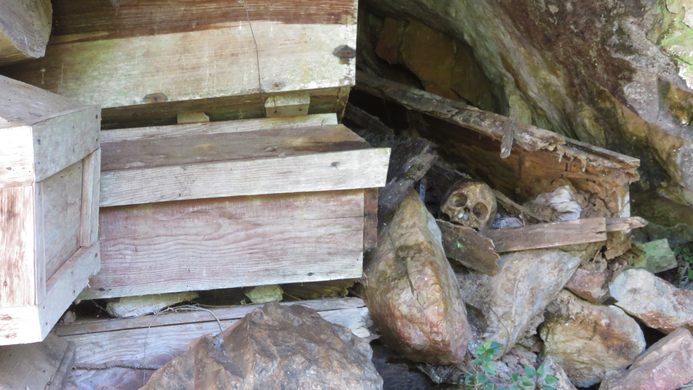



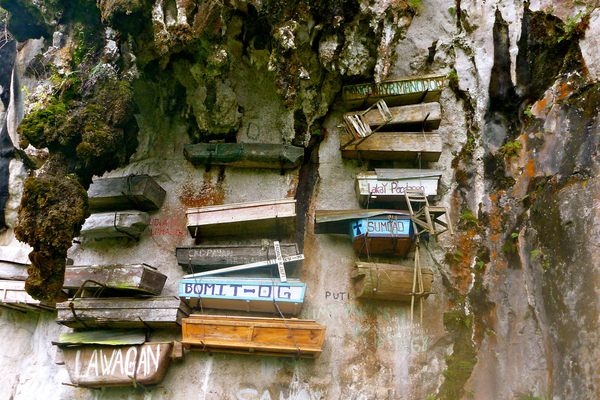













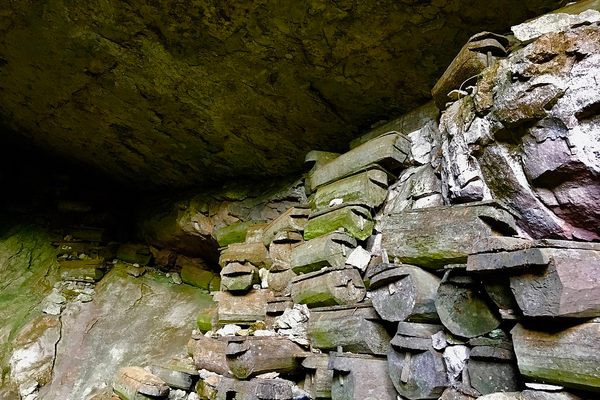




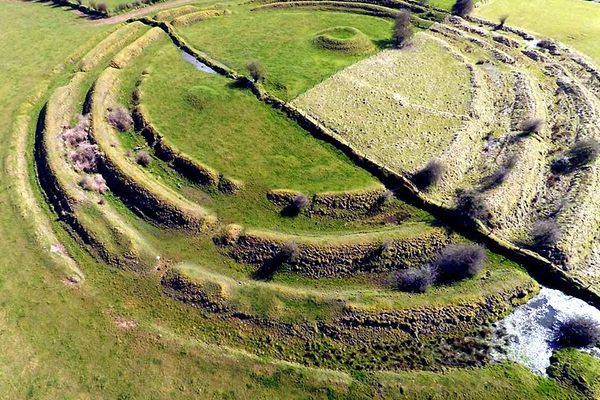




Follow us on Twitter to get the latest on the world's hidden wonders.
Like us on Facebook to get the latest on the world's hidden wonders.
Follow us on Twitter Like us on Facebook